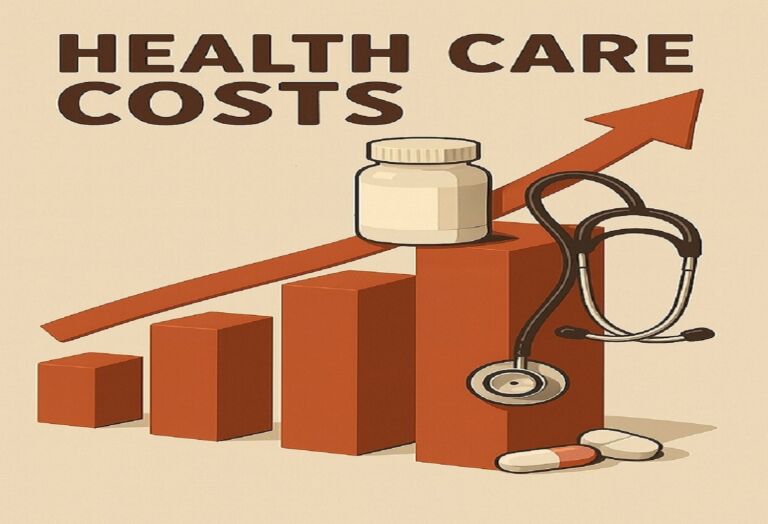A new audit confirms the recent warnings made by state Treasurer Brad Briner that North Carolina’s State Health Plan for current and retired state employees is on pace for a cash deficit of nearly $1 billion by 2027.
“In October 2024, the Plan projected net losses of $199 million, $507 million, and $862 million
for calendar years 2025 through 2027. Based on these projected losses, the Plan estimated a
$949 million cash deficit for the Plan by the end of 2027,” the report concluded.
The State Health Plan provides health insurance to nearly 750,000 active and retired state employees. Premiums for the insurance coverage are primarily paid for with tax dollars, with members contributing a monthly premium of $25 to $50.
The projected losses will occur because medical care expenses for covered members is expected to be larger than the revenue collected by the Plan from taxpayer dollars plus member premiums.
Concerns about the rising cost of health benefits for active and retired state employees led the Plan’s Board of Trustees to approve premium increases and benefit changes in May in an effort to reduce the losses.
The costs of state and retiree benefits have risen dramatically, consuming a rapidly rising share of state budget expenditures. From 2008 to 2023, the cost of health benefits alone increased 82%. Adding the cost of pension benefits brings that increase to 219%, a dramatic rise of more than 3x.
As of 2023, the average total cost of one state employee is more than $102,000, up 74% over 2008, with the cost of benefits coming to nearly $40,000 each.
As of 2023, the average total cost of one state employee is more than $102,000, up 74% over 2008.”
For the coming year, the required amount to pay for state employee and retiree benefits will be 26% of covered payroll. In 2010 that rate was just 10.92%.
Debates over pay raises for teachers and state employees garner the most headlines, but budget writers need to pay more attention to dramatically rising cost of employee and retiree benefits.
The post State Health Plan to face nearly $1 billion shortfall by 2027 first appeared on John Locke Foundation.
Click this link for the original source of this article.
Author: Brian Balfour
This content is courtesy of, and owned and copyrighted by, https://www.johnlocke.org and its author. This content is made available by use of the public RSS feed offered by the host site and is used for educational purposes only. If you are the author or represent the host site and would like this content removed now and in the future, please contact USSANews.com using the email address in the Contact page found in the website menu.








